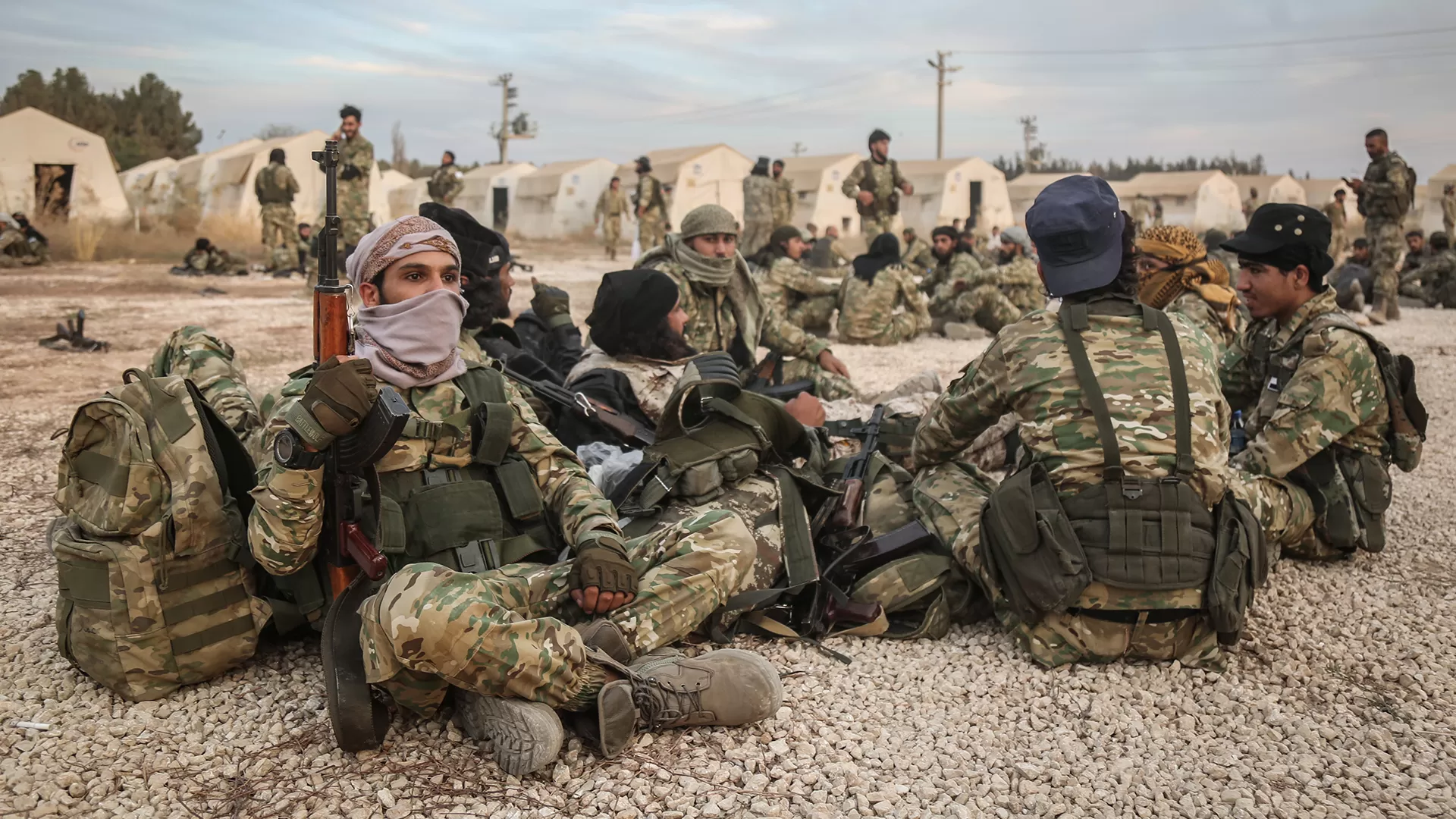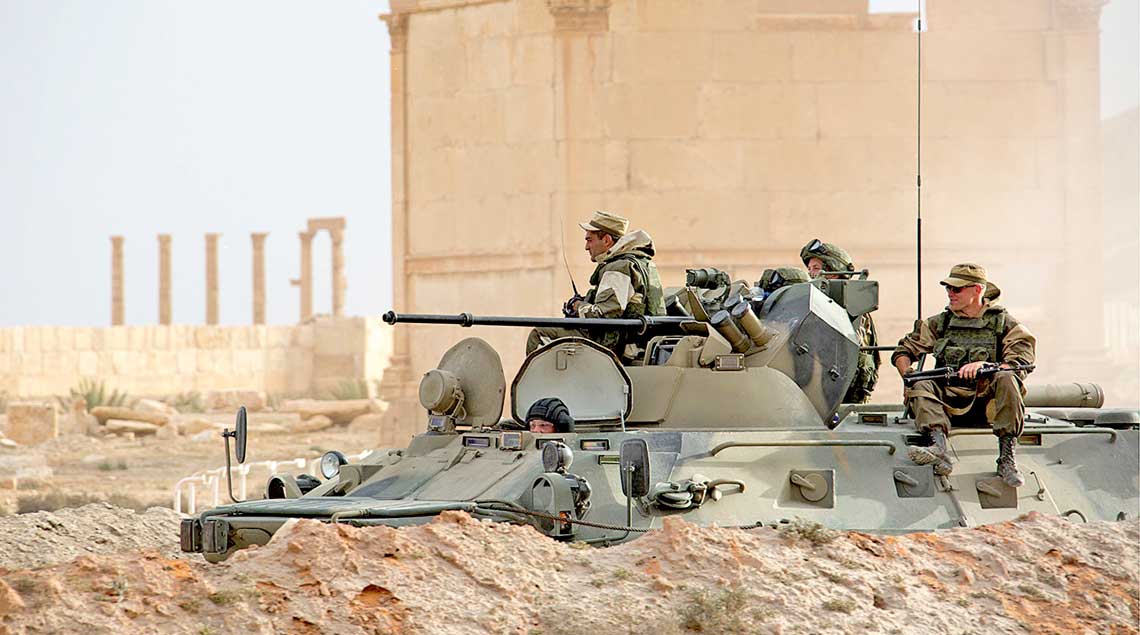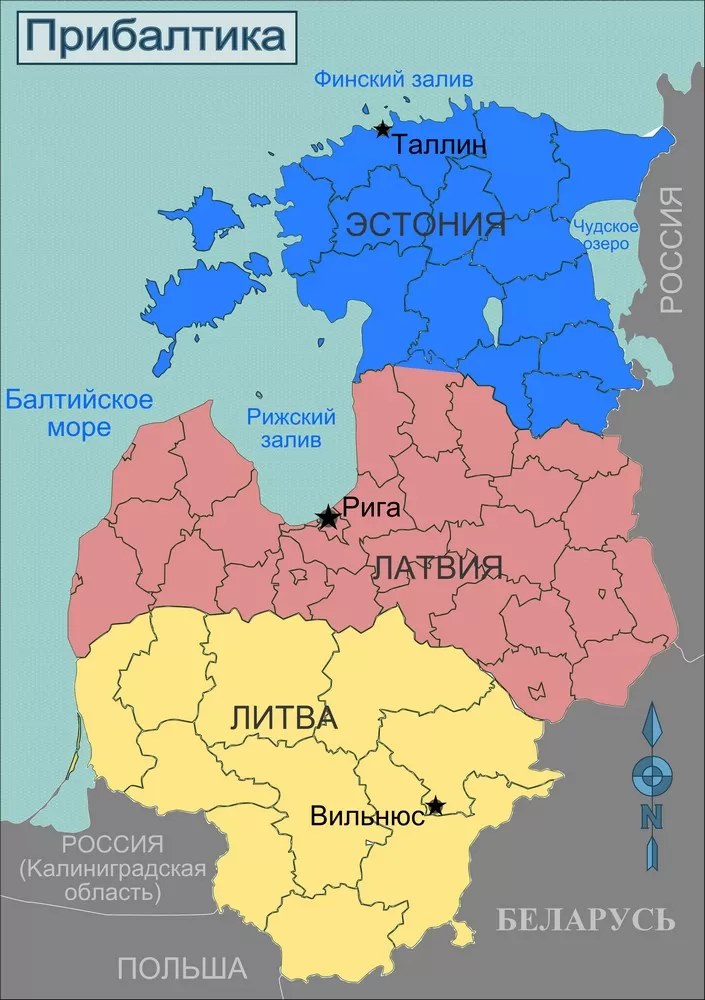
Russian Intervention in Syria - Ground Forces

Russian sappers on the BTR-82AM armored personnel carrier in Palmyra.
Officially, the Russian intervention in Syria began on September 30, 2015, when the Russian Air Force began sorties in this theater of operations. Initially, attempts were made to present support to President Bashar al-Assad solely in the form of an air operation with a small and non-combat ground contingent. Meanwhile, Syria has become not only a training ground for many types of weapons, including ground-based ones, but also an opportunity to gain invaluable experience in conducting an expeditionary operation.
The ground forces (this term is used intentionally, since the issue under discussion concerns not only the contingent of the Ground Forces of the Armed Forces of the Russian Federation), rather modest at the beginning of the operation, were systematically increased and almost the entire territory of Syria was quickly involved. In addition to the role of advisers or instructors, as well as essentially "contractors" of the so-called. The intervention was attended by Wagner groups, as well as compact "non-aviation" units of the Russian Armed Forces, which often participated in hostilities. The number of tactical alliances taking part in the campaign is large, because the rotational system of service on business trips is used. In general, the Syrian campaign lasted until the first weeks of this year. the participation of at least 48 Russian soldiers from at least a dozen tactical formations of various branches of the armed forces. The rotation takes place every three months and concerns not only the change of units within individual regiments / brigades, but also the tactical formations themselves. Today, there are even two or three "Syrian commanders" behind some officers and soldiers. Some of them (as well as their units) were identified as participants in the hostilities in the Donbass.
Undoubtedly, the Kremlin believes that participation in the conflict increases the level of professionalism of its officers and soldiers, so the list of tactical formations participating in the mission is as long as its direct participants. Although on December 11, 2017, at the base in Humaim (often spelled Heimim / Khmeimim - transcription from Russian), Russian President Vladimir Putin announced the withdrawal of most of the contingent of forces in Latakia, this does not mean the end of the intervention. Only certain components of the force (such as part of the Military Police force or the tactical sapper team) were withdrawn with fanfare, and initially media coverage of the contingent's activities was clearly limited. However, an air group, and possibly a ground group, is still operating in Syria.
As for the Syrian conflict, the intervention in Russia has been and can remain a cover for propaganda and information. Only what, from the point of view of the Ministry of Defense of the Russian Federation, is beneficial, may be necessary, because, for example, information already published by Western media is difficult to hide. Officially, no personal data of soldiers or information about specific units is given, and official reports, for example, about the death or injury of soldiers, are incomplete and are usually forced by circumstances (for example, publications in foreign media). This makes it difficult to assess the scale of the participation of ground forces in Syria, which is steadily increasing and, as mentioned above, includes a long list of tactical formations of various branches of the armed forces and weapons: special forces units (special forces of the General Staff of the Russian Federation and Special Operations Forces); WMF Marines; reconnaissance, artillery, engineering and sapper, anti-aircraft, radio-electronic and communications, rear and repair, military police units, etc.
Even before the official start of the intervention, combat groups of the Russian Armed Forces, sometimes Russian-Syrian, conducted reconnaissance and combat operations in a large radius from the port in Latakia, securing the area for a future base. Then in autumn - winter 2015/2016. military operations in the Latakia region were also carried out with the support of the Russians. At this stage, this was due to the desire to move the front from the base itself. The next fronts with the active participation of the Russian ground forces were, first of all, Aleppo, Palmyra and Deir ez-Zor.
In 2017, one could observe a sharp increase in losses in the contingent, which indicated an increase in the dynamics of hostilities with the direct or indirect participation of the troops of the RF Armed Forces. It is also worth adding that the article does not mention the so-called. private companies, such as the semi-legal Wagner Group, which do not formally have ties to the Russian Armed Forces, but are connected to other power ministries, such as the Ministry of Internal Affairs.
As already mentioned, Russian advisers, special forces and other compact units actively participated - in difficult to assess, but tactically noticeable - incl. in the campaigns in Latakia and Aleppo against rebels and in Palmyra and Deir ez-Zor against Islamic State (Da'esh) radicals. The main losses of the personnel of the Russian ground contingent fall on: military advisers, officers who accompanied the Syrian units and commanders at the front (especially the so-called 5th assault corps, formed, trained, equipped and commanded by the Russians), officers from the so-called Center reconciliation of warring parties in Syria and, finally, soldiers who died on the front lines or as a result of mine explosions. It can be calculated that by the beginning of 2018, several dozen officers and soldiers of all components of the expeditionary corps of the Russian Armed Forces had died in Syria, and several hundred were injured.
